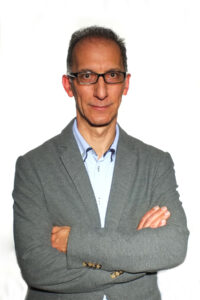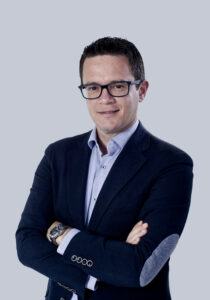
If realising fusion energy is the EUROfusion Consortium’s ultimate destination and EUROfusion is the vehicle heading that way, the engine that gets us there quickly and efficiently is collaboration. Joining the 30-member consortium since the start of Europe’s new innovation and research programme Horizon Europe is the University of Malta, where academics and engineers Martin Muscat and Pierluigi Mollicone are eager to join Europe’s fusion community. We spoke with Martin Muscat about Malta’s motivation to join the 4800 researchers, students and support staff in EUROfusion.
Why join EUROfusion?
“Our specialty is structural integrity, which is a big topic in fusion because the forces working on the components of a fusion reactor mean we need to do a thorough stress analysis”, says Muscat, the head of the fusion research group at the University of Malta. Working to help realise fusion energy has been on his team’s radar for years, he says.
“It wasn’t until we were introduced to EUROfusion about two years ago by its Programme Manager Tony Donné that we realised we could actually contribute our expertise to the engineering stress analysis area of EU DEMO, the demonstration fusion power plant that Europe is designing. It’s very exciting to collaborate on that.”
And what does joining EUROfusion bring you?
“Joining EUROfusion allows us to use and apply our expertise in the area of structural integrity. This gives both scope to our work and gives us the chance to sharpen our own knowledge by working within a team of scientists and engineers.”

Muscat thinks the participation in EUROfusion is also attractive for students: “They can look at this project as something to look up to and become a part of, and of course as a great project to work in across the whole of Europe.”
The Malta team have hit the ground running since starting with EUROfusion at the beginning of 2021. As specialists in structural stress analysis, they are already involved in two of EUROfusion’s work packages. One of them deals with the exhaust (divertor) of the fusion reactor, and the other one deals with the design of the required remote maintenance plant of in-vessel components.
Finally, what are you looking forward to?
“To meeting our new colleagues in person! For the past two years, we’ve all worked virtually, which limits how deep you can go. To really work together, you need to meet face-to-face.”
“No single researcher or research institute can do it alone in fusion”, agrees EUROfusion Programme Manager Tony Donné: “we need to work on the challenges together to create a sustainable future. That’s why I’m very happy to welcome the University of Malta as our newest Member!”
